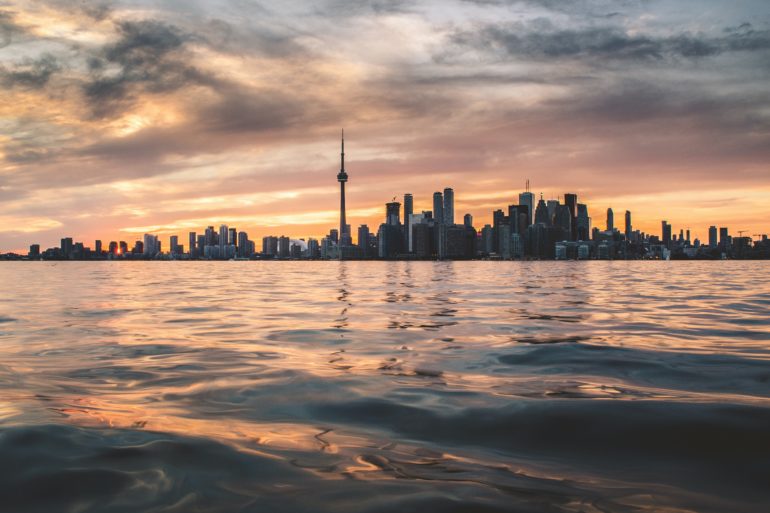Following the tragic van attack in Toronto on April 23, 2018, I was asked by CBC Radio to comment on how we have been impacted and affected on a psychological level. Here are my thoughts:
As a psychologist, what impact do you think that this has had on the public?
What I think about most is how traumatized so many people are. Of course, the families of the people who were killed or hurt, but also the first responders and the witnesses – the people who were driving or walking in the area.
And then there’s those of us who were watching the first eye accounts and the pictures and videos that were taken on the scene – not just by reporters but by people capturing the scene on their cell phones and then posting the unedited happenings on social media.
What are the psychological reactions experienced by the public in instances of mass homicide or violence like this?
The most common psychological reaction to something like this is fear, panic, increased anxiety. The feeling of being so vulnerable and afraid that something like this can happen to any one of us, without warning.
From a very young age, were told by our parents not to walk on the street where we can be hit by a car but to stay on the sidewalk. And yet, as innocent people were walking on the sidewalk, they were taken down.
People are also feeling sad, even depressed. They are sad for the people who lost their lives and for their families and sad that this happened in our city.
How does the randomness, the unexpectedness of the act increase public anxiety?
When something is so random and unexpected and there’s no way to prepare for it, it is that much more frightening.
In addition, because we want to try to explain and make sense of things, especially this tragic, we often feel relieved when we hear that someone who has been hurt or killed, was targeted by someone they knew.
However, when innocent people are randomly killed or hurt by someone they’ve never known, then it makes us feel even more frightened because we know that it could just as easily have been us or someone we loved (and for some, tragically it was).
How do we talk to kids and teens about this?
It very much depends on the age and maturity of the child and all will respond to this event very differently.
Some children may be somewhat immune to images of this kind after playing violent video games.
Other children won’t talk about it so much, but you may see a change in their behaviour that indicates that he or she feels that the world is a little less safe today. So, for example, your daughter may not have wanted to walk to school alone yesterday even though she typically does. Or your son may feel a little more suspicious of the stranger standing at the end of the street. They may not connect the dots, but you can help them by letting them know that feeling a little more cautious and anxious after such an event is normal.
For those who want to talk, let them lead and answer their questions truthfully but without creating more fear.
And unfortunately, our kids are being exposed to many more images than we ever were because social media is so moment to moment and unedited. So, as much as we can, try not to keep the news on in the background all the time as it can be quite overwhelming – even for us as adults. In addition, help them feel safe and protected by pointing out how people came together to help.
What are your thoughts on things we as a community should be doing to cope when trauma like this happens?
I think we did a beautiful job of coming together in as calm a manner as possible. Our mayor, John Tory, did an amazing job of showing caring and compassion very soon after the incident and other people representing the hospital where victims were taken, for example, did a great job of keeping us informed. We are a glowing example of a city – a community – coming together to support one another.
Also, social media allowed people to support one another and Facebook even has a feature called crisis response which allowed people to let their Facebook community know that they were safe by clicking on a “mark as safe” button.
People have been coming to a memorial site established close to where this incident happened – dropping off cards, stuffed animals and flowers, for example, to show their solidarity and caring. Others are contributing financially to several funds that have been established to help the families who have been affected.
In addition, the hashtag #TorontoStrong represents the community’s desire to band together and to support one another.
If you feel traumatized and want to speak to someone, contact:
- victimservicestoronto.com
- psychologytoday.com for therapists with training in trauma counselling
